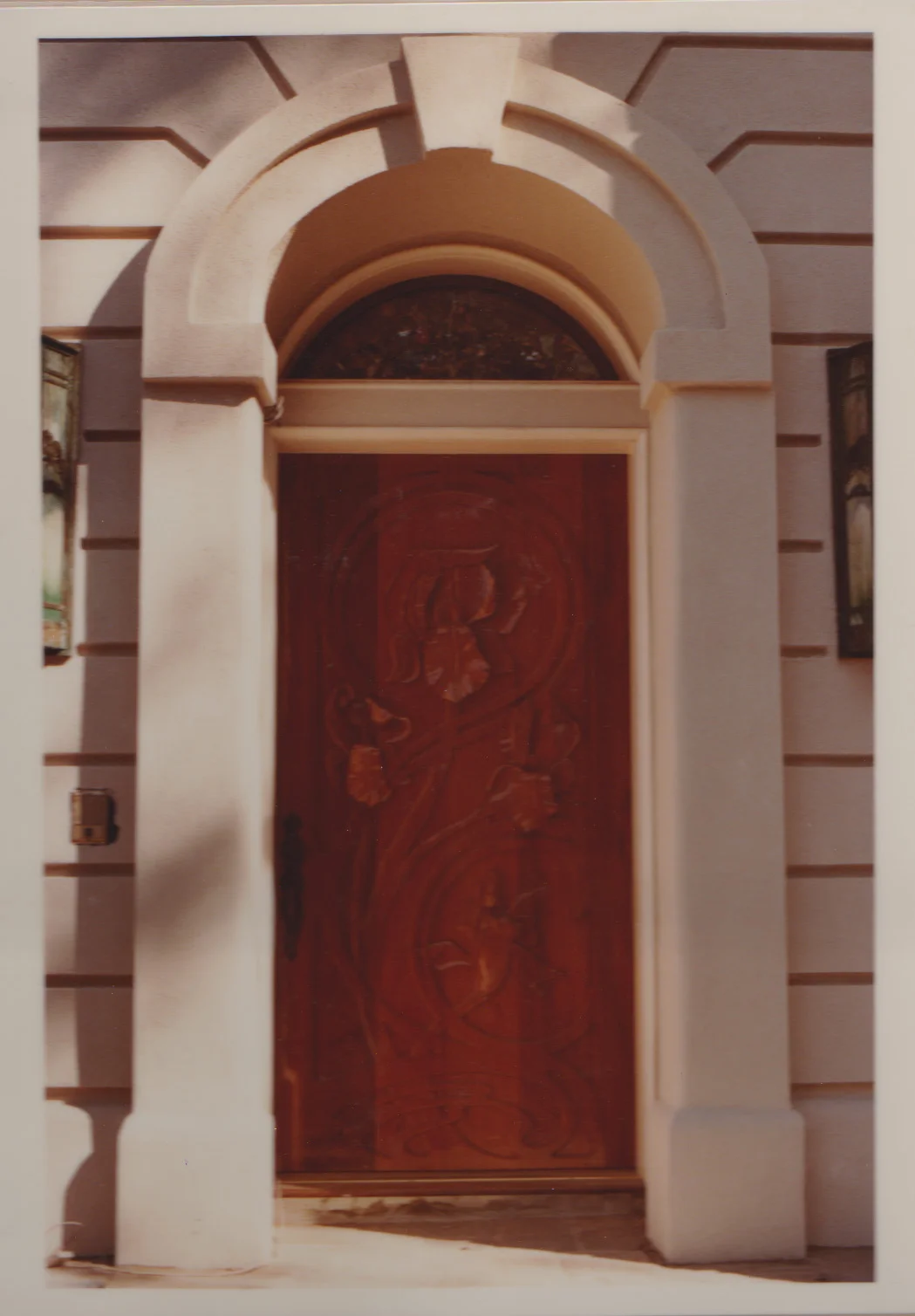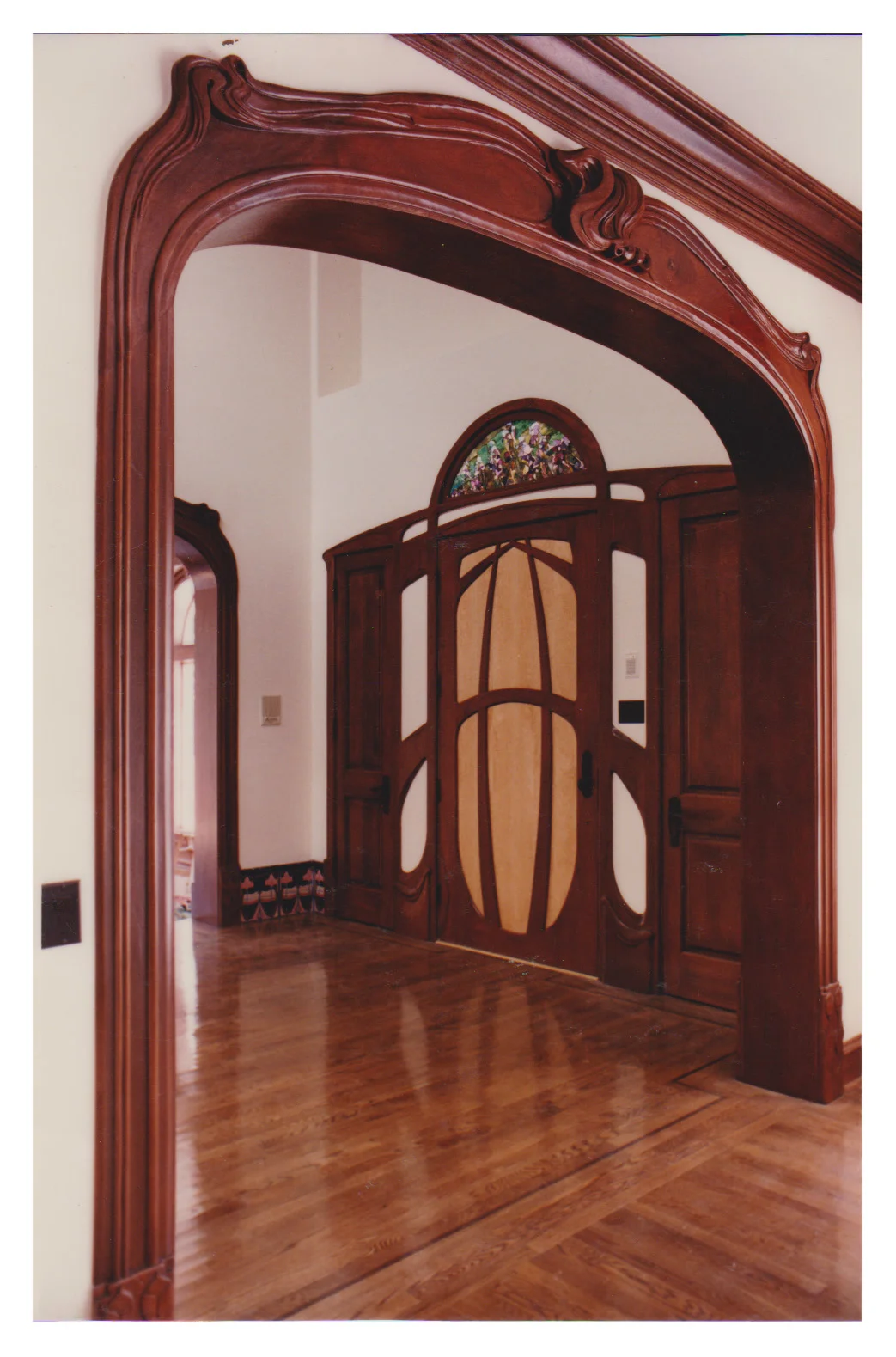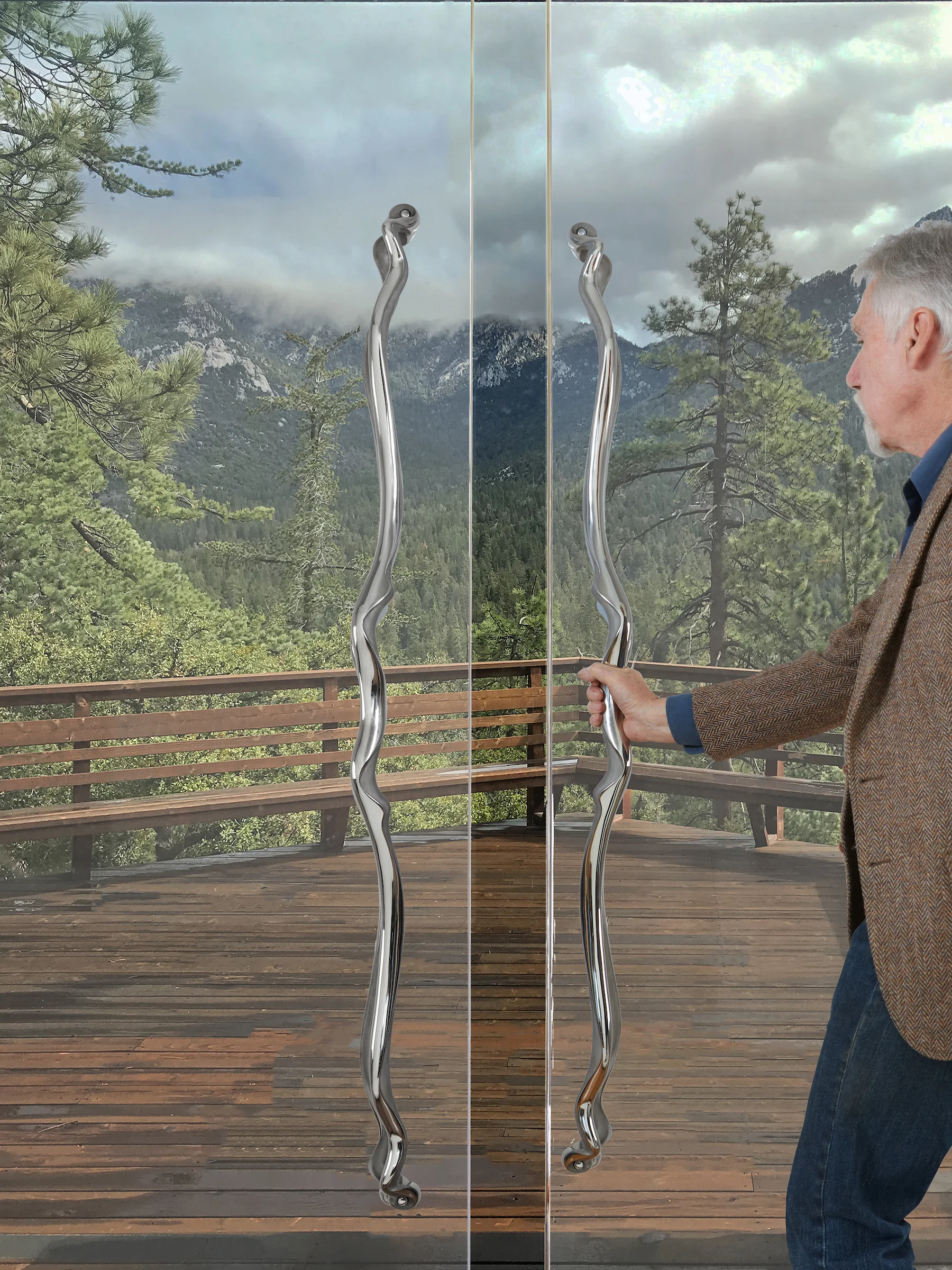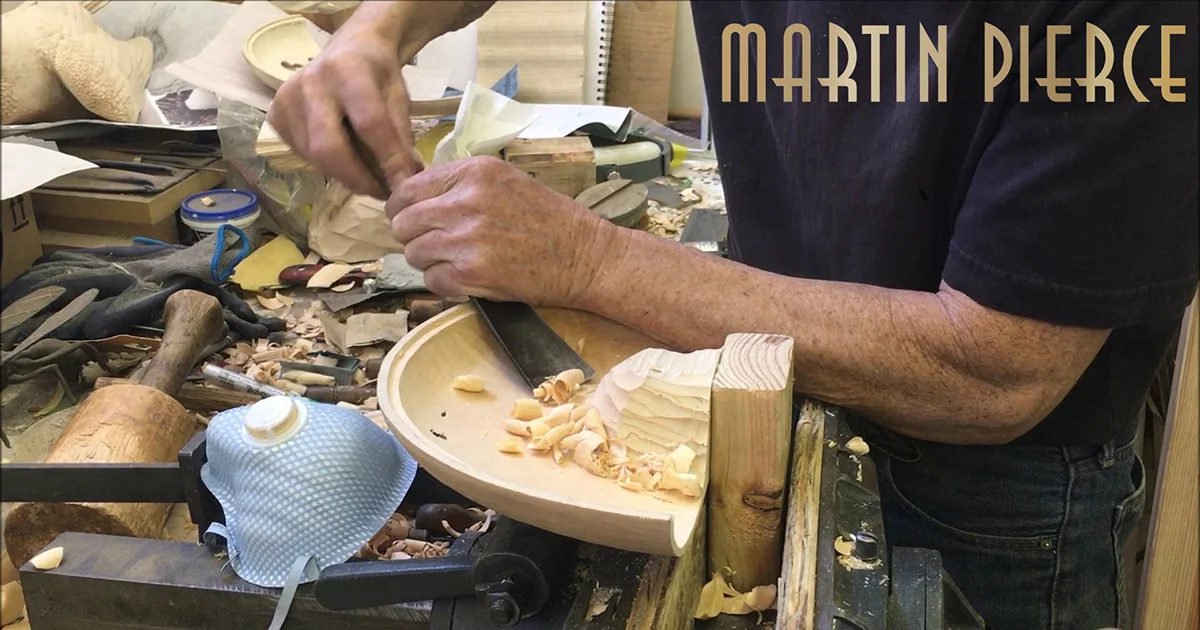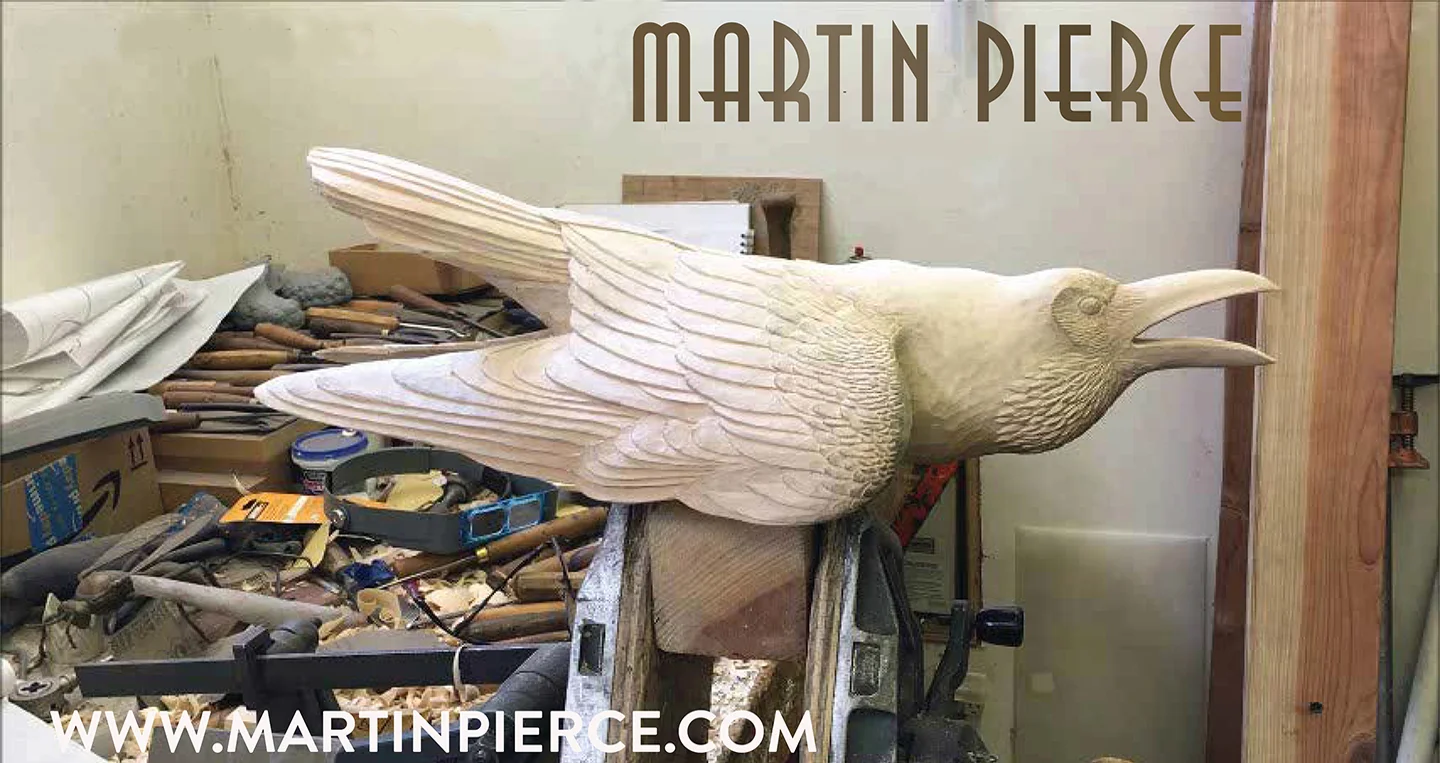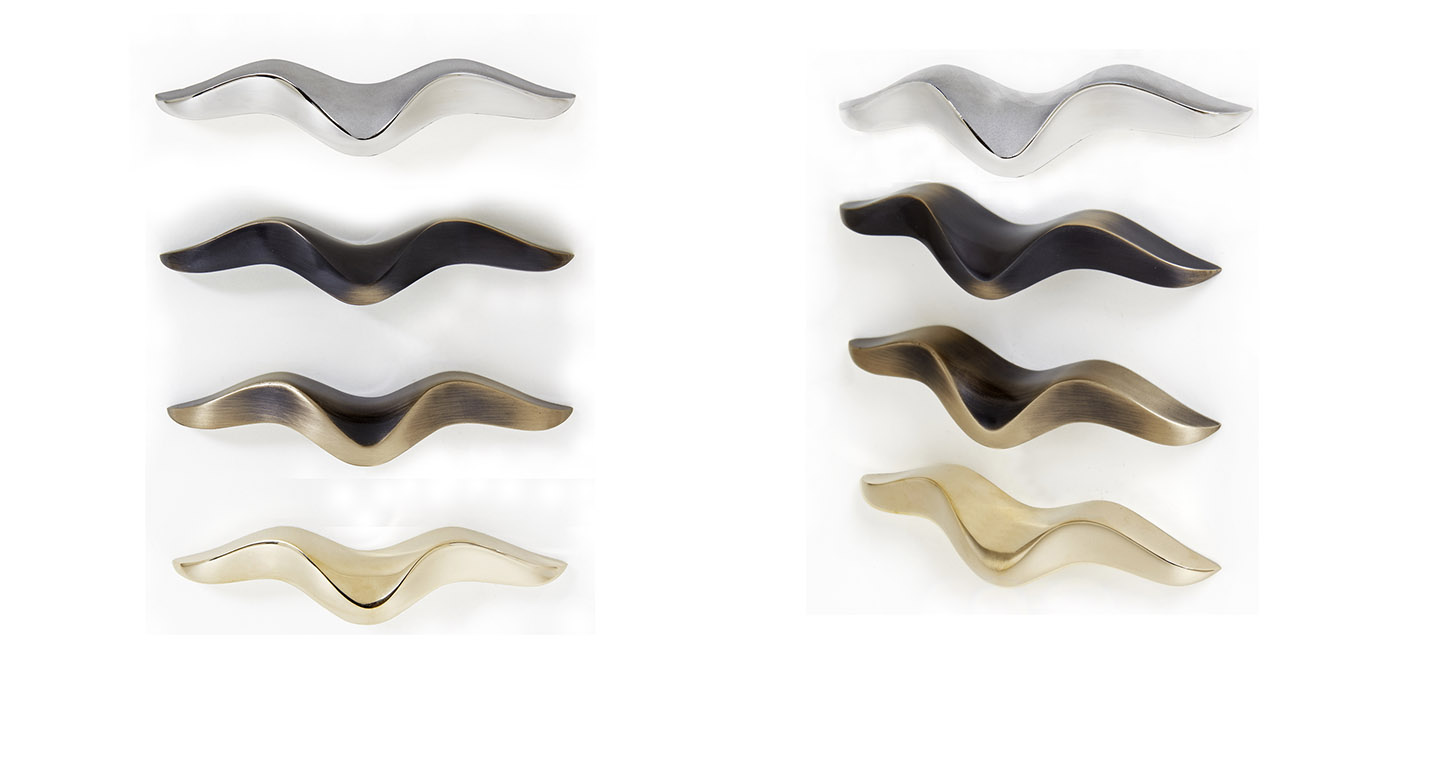We have just returned from Brussels, home of the renowned Art Nouveau master, Victor Horta and showcase to many of his works. While many of Horta’s prized works are privately owned and not always available for public viewing, Horta’s personal residence and studio are now open to the public as a museum. Located at 25, rue Américaine the museum spans 2 buildings and by walking up the curvaceous fluid carved stairwell from the lower kitchen to family rooms to bedrooms one experiences an intimate view of life in the Horta household. The central staircase is carved in mahogany and the newel post and handrail which begin as separate carvings come together in a dramatic and organic sweep to form one single functional work of art. Alas, the policy of the museum did not permit photography and while the official guide book does contain pictures they do not do justice either to the brilliance of the design or to the outstanding craftsmanship.
The museum allows one to experience the completeness of Horta’s style from hand painted tree friezes, to whiplash brass hinges, to flower petalled stained glass, all are designed to become a holistic expression of nature as seen through Horta’s eyes.
As an architect Horta’s studio provided the training ground for others, notably Gustave Strauven who worked as his apprentice before designing maison Saint-Cyr. When we first saw the extravagant façade of this building we mistakenly though it had been designed by Horta but on closer inspection it was clear that the metal filigree lacked the restraint and arguably sense of balance that marks Horta’s work (compare the left and center images at top of page).
Bronze Door Set by Horta note the discreet keyed cylinder
We began our appreciation of Horta many years ago when Martin was commissioned as an artisan to fabricate mahogany archways for basketball legend Kareem Abdul Jabbar but it has been a remarkable experience to see Horta’s work up close.



